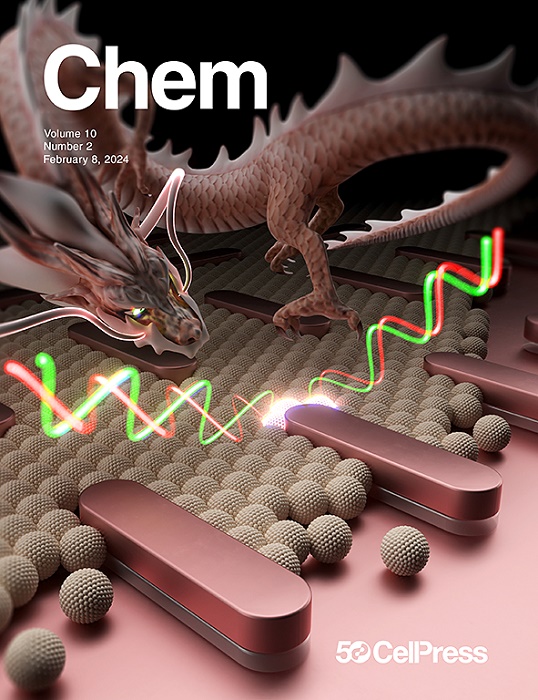协同纳米疗法增强肿瘤和淋巴结免疫
IF 19.6
1区 化学
Q1 CHEMISTRY, MULTIDISCIPLINARY
引用次数: 0
摘要
腺苷是免疫抑制肿瘤微环境的关键调节因子。Chen等人在8月份的Cell Biomaterials上介绍了一种增效的肿瘤免疫疗法:磁热免疫疗法。使用外部磁控制,这种方法通过促进ATP释放同时防止其转化为免疫抑制性腺苷来增强免疫激活。这种协同纳米疗法为癌症免疫治疗提供了一种有前景的新策略。本文章由计算机程序翻译,如有差异,请以英文原文为准。
Synergistic nanotherapy enhances tumor and lymph node immunity
Adenosine is a key regulator of the immunosuppressive tumor microenvironment. In the August issue of Cell Biomaterials, Chen et al. introduce a synergistic tumor immunotherapy: magnetothermal immunotherapy. Using external magnetic control, this approach enhances immune activation by promoting ATP release while preventing its conversion to immunosuppressive adenosine. This synergistic nanotherapy offers a promising new strategy for cancer immunotherapy.
求助全文
通过发布文献求助,成功后即可免费获取论文全文。
去求助
来源期刊

Chem
Environmental Science-Environmental Chemistry
CiteScore
32.40
自引率
1.30%
发文量
281
期刊介绍:
Chem, affiliated with Cell as its sister journal, serves as a platform for groundbreaking research and illustrates how fundamental inquiries in chemistry and its related fields can contribute to addressing future global challenges. It was established in 2016, and is currently edited by Robert Eagling.
 求助内容:
求助内容: 应助结果提醒方式:
应助结果提醒方式:


